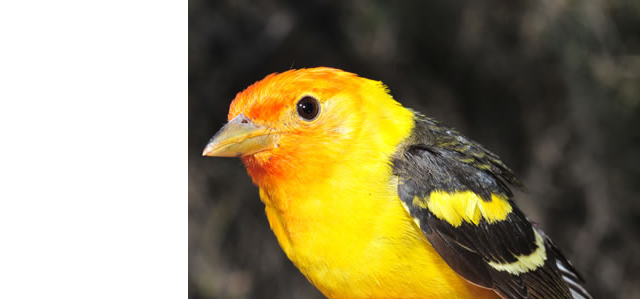
Biology Faculty & Staff Publications
Document Type
Article
Publication Date
3-1-1976
Abstract
A common but not universal consequence of the foraging activities of a predator is a lowering of capture rates with prey in its immediate vicinity. This may result from a number of different processes and need not require actual harvesting of any prey items by the predator. We term this phenomenon "depression" and its ecological consequences are the focus of this paper. A great deal of attention has been devoted to implications of changes in prey abundances as a result of the activity of predators. We will focus on changes in prey availability strictly in terms of the perspective of actual or potential predators. Potential here refers to predators who may visit the site shortly after "the prey have been depressed." Depression phenomena are familiar to most field ecologists but are seldom incorporated into formal ecological theory. While they are not really separate, it will be useful to divide our discussion into several sections, each focusing on a different question. (1) What are the processes by which prey might be depressed? (2) What are the characteristics of prey which affect their depressability? Their recovery from the depression? (3) Are there prey that cannot be depressed? (4) What are the implications of depression from the viewpoint of a single predator individual? (5) Since prey depressed for one kind of predator are not necessarily depressed for another kind, what are the implications for competition theory? Here we are concerned with the possibility of enhancement of availability, as well as competition.
Publisher
American Naturalist
Volume
110
First Page
247
Last Page
259
Language (ISO)
English
Keywords
predation, prey abundance, resource depression
Recommended Citation
Charnov, E.L., G.H. Orians and K. Hyatt. 1976. Ecological implications of resource depression. American Naturalist 110:247-259
